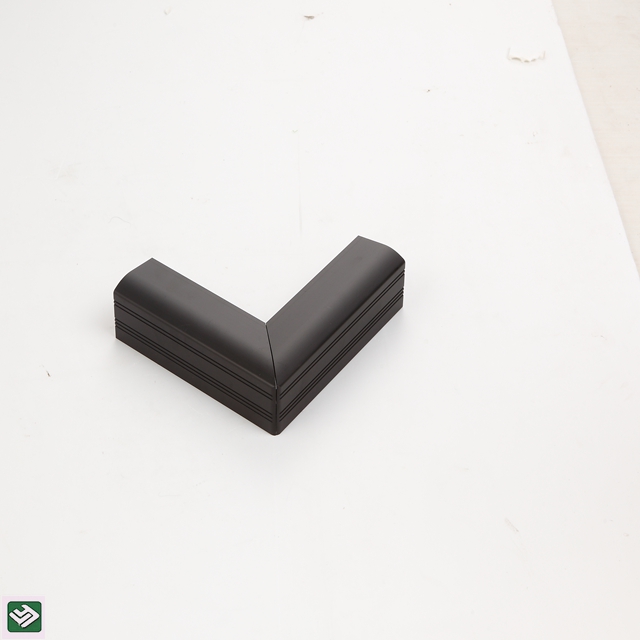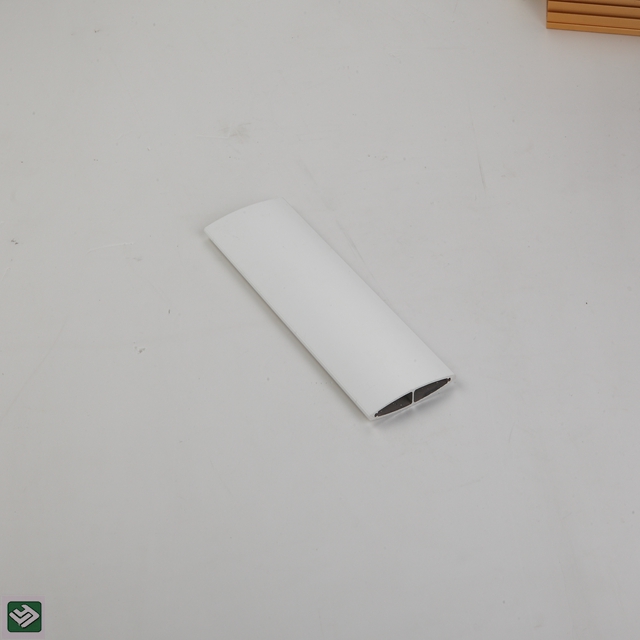1. Melting and casting is the first process of aluminum production in the processing of industrial aluminum profiles.
The main process is:
(1) Ingredients: According to the specific alloy grade to be produced, calculate the addition amount of various alloy components, and reasonably mix various raw materials.
(2) Smelting: The prepared raw materials are added to the melting furnace according to the process requirements to melt, and the slag and gas in the melt are effectively removed by means of degassing and slag refining.
(3) Casting: Under certain casting process conditions, the molten aluminum liquid is cooled and cast into round cast rods of various specifications through a deep-well casting system.
2. Industrial aluminum profile processing and extrusion: Extrusion is a means of profile forming. The mold is first designed and manufactured according to the section of the profile product, and the heated round casting rod is extruded from the mold using an industrial aluminum profile extruder. The commonly used grade 6063 alloy also uses an air-cooled quenching process and subsequent artificial aging process during extrusion to complete heat treatment and strengthening. Different grades of heat treatable strengthened alloys have different heat treatment systems.
3. Coloring (here mainly the oxidation process)
Oxidation: The aluminum alloy profile extruded from industrial aluminum profiles has a poor surface corrosion resistance. Surface treatment must be performed by anodizing to increase the corrosion resistance, wear resistance and appearance of the aluminum.
The main process is:
(1) Surface pretreatment: The surface of the profile is cleaned by chemical or physical methods, and the pure matrix is exposed, in order to obtain a complete and dense artificial oxide film. Mirror or matte (matte) surfaces can also be obtained by mechanical means.
(2) Anodizing: Under certain process conditions, the surface pre-treated profile has undergone anodizing, resulting in a dense, porous, and strong AL203 film.
(3) Sealing: The pores of the porous oxide film formed after anodizing are closed, so that the anti-pollution, corrosion resistance and abrasion resistance of the oxide film are enhanced. The oxide film is colorless and transparent. Using the strong adsorption of the oxide film before sealing, some metal salts are adsorbed and deposited in the film holes, which can make the appearance of the profile show many colors other than the natural color (silver white), such as: Golden yellow and stainless steel etc.

